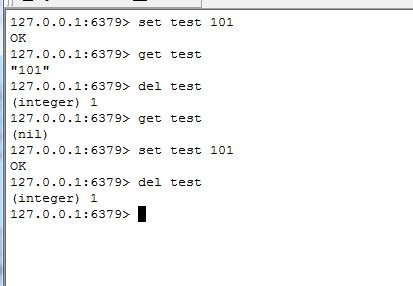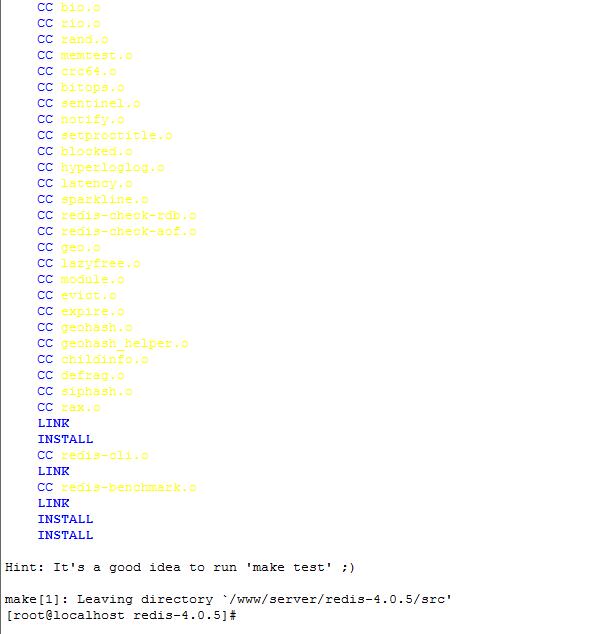替换方法是用@EnableTransactionManagement
以下是官方文档:
org.springframework.transaction.annotation
Annotation Type EnableTransactionManagement
-
@Target(value=TYPE)
@Retention(value=RUNTIME)
@Documented
@Import(value=TransactionManagementConfigurationSelector.class)
public @interface EnableTransactionManagement
Enables Spring’s annotation-driven transaction management capability, similar to the support found in Spring’s <tx:*> XML namespace. To be used on @Configuration classes as follows:
@Configuration
@EnableTransactionManagement
public class AppConfig {
@Bean
public FooRepository fooRepository() {
// configure and return a class having @Transactional methods
return new JdbcFooRepository(dataSource());
}
@Bean
public DataSource dataSource() {
// configure and return the necessary JDBC DataSource
}
@Bean
public PlatformTransactionManager txManager() {
return new DataSourceTransactionManager(dataSource());
}
}
For reference, the example above can be compared to the following Spring XML configuration:
<beans>
<tx:annotation-driven/>
<bean id="fooRepository" class="com.foo.JdbcFooRepository">
<constructor-arg ref="dataSource"/>
</bean>
<bean id="dataSource" class="com.vendor.VendorDataSource"/>
<bean id="transactionManager" class="org.sfwk...DataSourceTransactionManager">
<constructor-arg ref="dataSource"/>
</bean>
</beans>
In both of the scenarios above, @EnableTransactionManagement and <tx:annotation-driven/> are responsible for registering the necessary Spring components that power annotation-driven transaction management, such as the TransactionInterceptor and the proxy- or AspectJ-based advice that weave the interceptor into the call stack when JdbcFooRepository‘s @Transactional methods are invoked.
A minor difference between the two examples lies in the naming of the PlatformTransactionManager bean: In the @Bean case, the name is “txManager” (per the name of the method); in the XML case, the name is“transactionManager”. The <tx:annotation-driven/> is hard-wired to look for a bean named “transactionManager” by default, however @EnableTransactionManagement is more flexible; it will fall back to a by-type lookup for anyPlatformTransactionManager bean in the container. Thus the name can be “txManager”, “transactionManager”, or “tm”: it simply does not matter.
For those that wish to establish a more direct relationship between @EnableTransactionManagement and the exact transaction manager bean to be used, the TransactionManagementConfigurer callback interface may be implemented – notice the implements clause and the @Override-annotated method below:
@Configuration
@EnableTransactionManagement
public class AppConfig implements TransactionManagementConfigurer {
@Bean
public FooRepository fooRepository() {
// configure and return a class having @Transactional methods
return new JdbcFooRepository(dataSource());
}
@Bean
public DataSource dataSource() {
// configure and return the necessary JDBC DataSource
}
@Bean
public PlatformTransactionManager txManager() {
return new DataSourceTransactionManager(dataSource());
}
@Override
public PlatformTransactionManager annotationDrivenTransactionManager() {
return txManager();
}
}
This approach may be desirable simply because it is more explicit, or it may be necessary in order to distinguish between two PlatformTransactionManager beans present in the same container. As the name suggests, theannotationDrivenTransactionManager() will be the one used for processing @Transactional methods. See TransactionManagementConfigurer Javadoc for further details.
The mode() attribute controls how advice is applied; if the mode is AdviceMode.PROXY (the default), then the other attributes control the behavior of the proxying.
If the mode() is set to AdviceMode.ASPECTJ, then the proxyTargetClass() attribute is obsolete. Note also that in this case the spring-aspects module JAR must be present on the classpath.
- Since:
- 3.1
- Author:
- Chris Beams
- See Also:
TransactionManagementConfigurer, TransactionManagementConfigurationSelector, ProxyTransactionManagementConfiguration, AspectJTransactionManagementConfiguration
| Optional Element Summary |
AdviceMode |
mode
Indicate how transactional advice should be applied. |
int |
order
Indicate the ordering of the execution of the transaction advisor when multiple advices are applied at a specific joinpoint. |
boolean |
proxyTargetClass
Indicate whether subclass-based (CGLIB) proxies are to be created (true) as opposed to standard Java interface-based proxies (false). |
proxyTargetClass
public abstract boolean proxyTargetClass
- Indicate whether subclass-based (CGLIB) proxies are to be created (
true) as opposed to standard Java interface-based proxies (false). The default is false. Applicable only if mode() is set to AdviceMode.PROXY.Note that setting this attribute to true will affect all Spring-managed beans requiring proxying, not just those marked with @Transactional. For example, other beans marked with Spring’s @Async annotation will be upgraded to subclass proxying at the same time. This approach has no negative impact in practice unless one is explicitly expecting one type of proxy vs another, e.g. in tests.
-
-
- Default:
- false
mode
public abstract AdviceMode mode
- Indicate how transactional advice should be applied. The default is
AdviceMode.PROXY.
-
-
- See Also:
AdviceMode
- Default:
- org.springframework.context.annotation.AdviceMode.PROXY
order
public abstract int order
- Indicate the ordering of the execution of the transaction advisor when multiple advices are applied at a specific joinpoint. The default is
Ordered.LOWEST_PRECEDENCE.
-
-
- Default:
- 2147483647
https://docs.spring.io/spring/docs/4.0.x/javadoc-api/org/springframework/transaction/annotation/EnableTransactionManagement.html
更多文档:
https://docs.spring.io/spring/docs/4.0.x/javadoc-api/overview-summary.html





近期评论